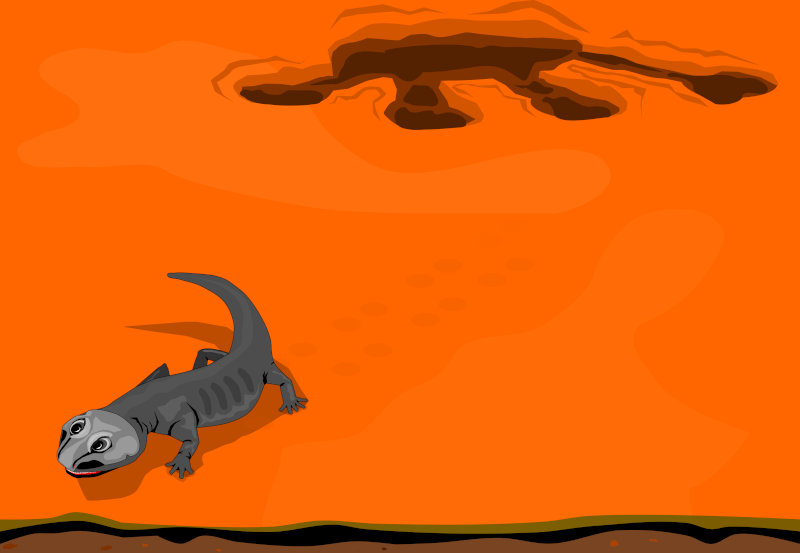Tetrapods leave their tracks in soft sediments that become harder with time and may enter the fossil record: the Book of Life on Earth. The tracks are messages from the past left by animals who went extinct thousands and millions of years ago – a magnet for paleontologists who seek to uncover secrets of the long-extinct worlds.
Tiny tetrapod tracks bear key information on the composition of ancient ecosystems. Tiny tetrapods are more numerous and closer to the tropic pyramid base than their larger fellows with whom they fill up the habitats. Therefore, it is highly interesting when such tiny tracks are missing in the fossil record of a large-track bearing geological formation. Could it be the case as the tiny tracks are hard to spot? Could there be no tiny tracks because there were no tiny tetrapods to leave the tracks? Could the tiny tracks be missing due to unforeseen factors keeping them from getting into the fossil record?
This November, PALAIOS published the results of research that aimed to tackle this paleo-mystery. The author of the research is dr Grzegorz Sadlok from the Institute of Earth Sciences of the University of Silesia.
The research concludes that substrate particle sizes (e.g., sand), low weights of tiny tetrapods, and microbial sediment colonizations (e.g., biofilms) may prevent tiny tracks from entering the fossil record. This is why it is vital to bear those factors in mind when getting to read written-in-tracks chapters of the Fossil Book of Life (Sadlok, 2023).
References
Sadlok, G. (2023). Taphonomy of Tiny Tetrapod Tracks in an Example from the Lower Permian (Cisuralian) Słupiec Formation (SW Poland). PALAIOS, 38(9):395–406.






